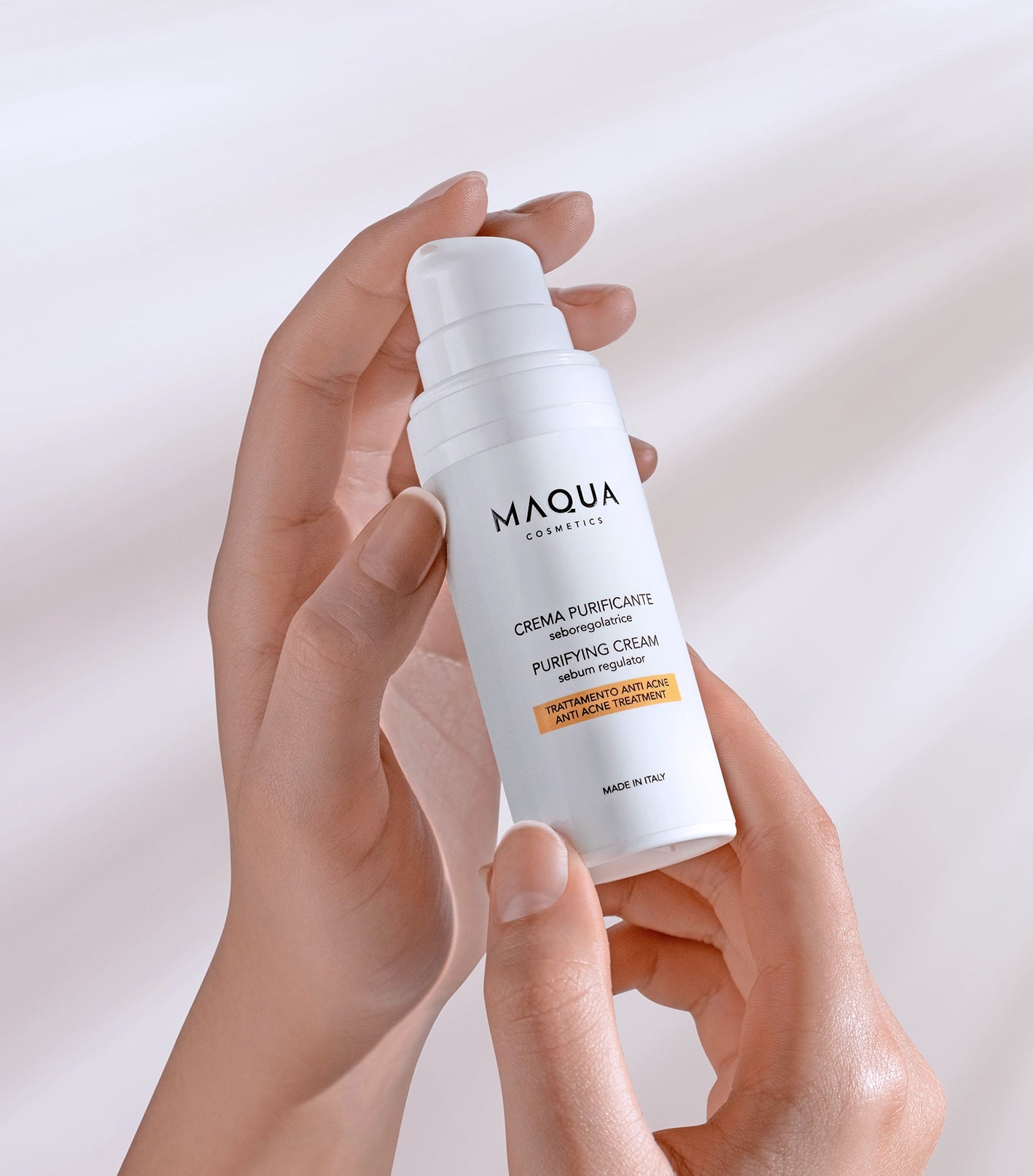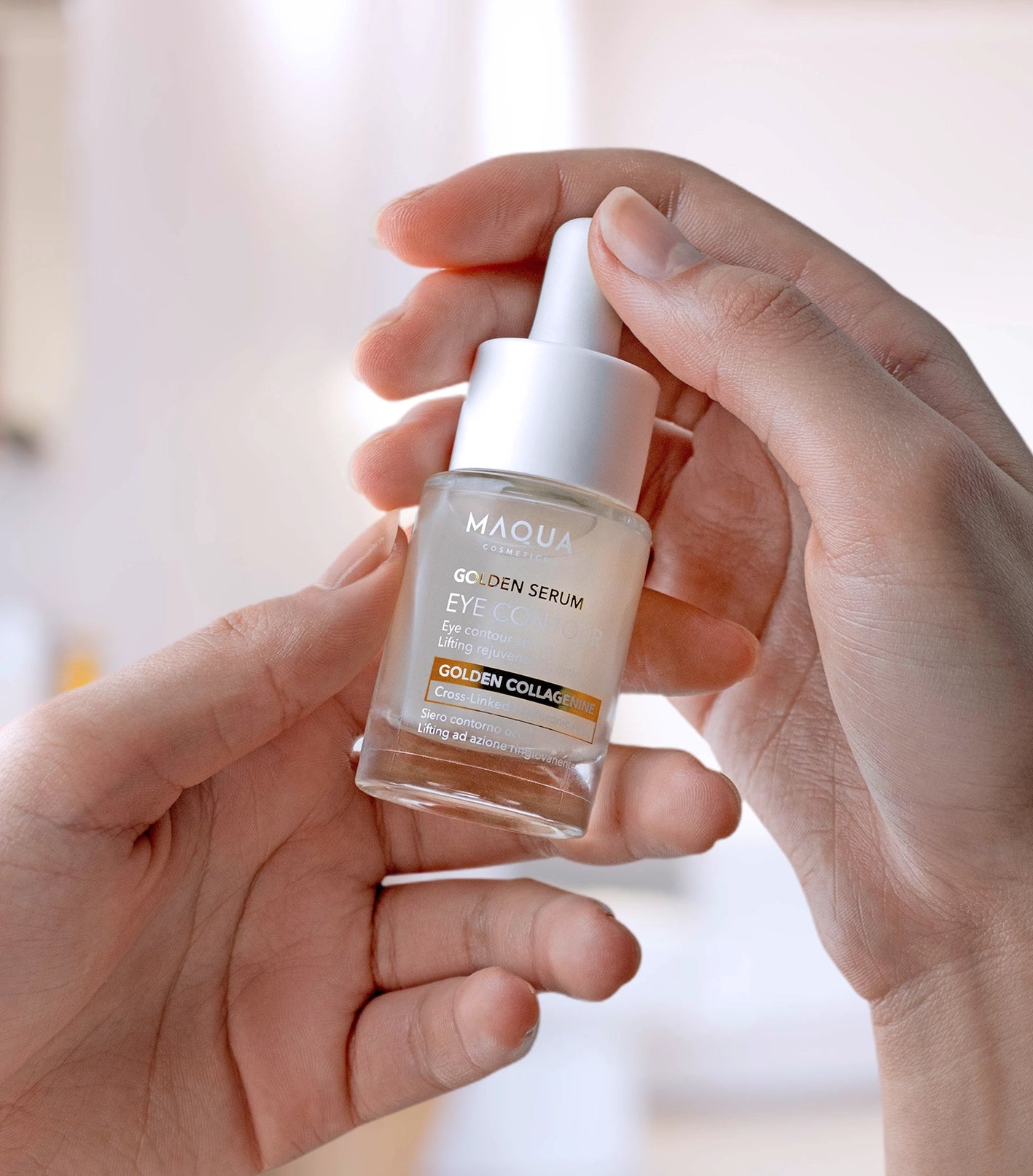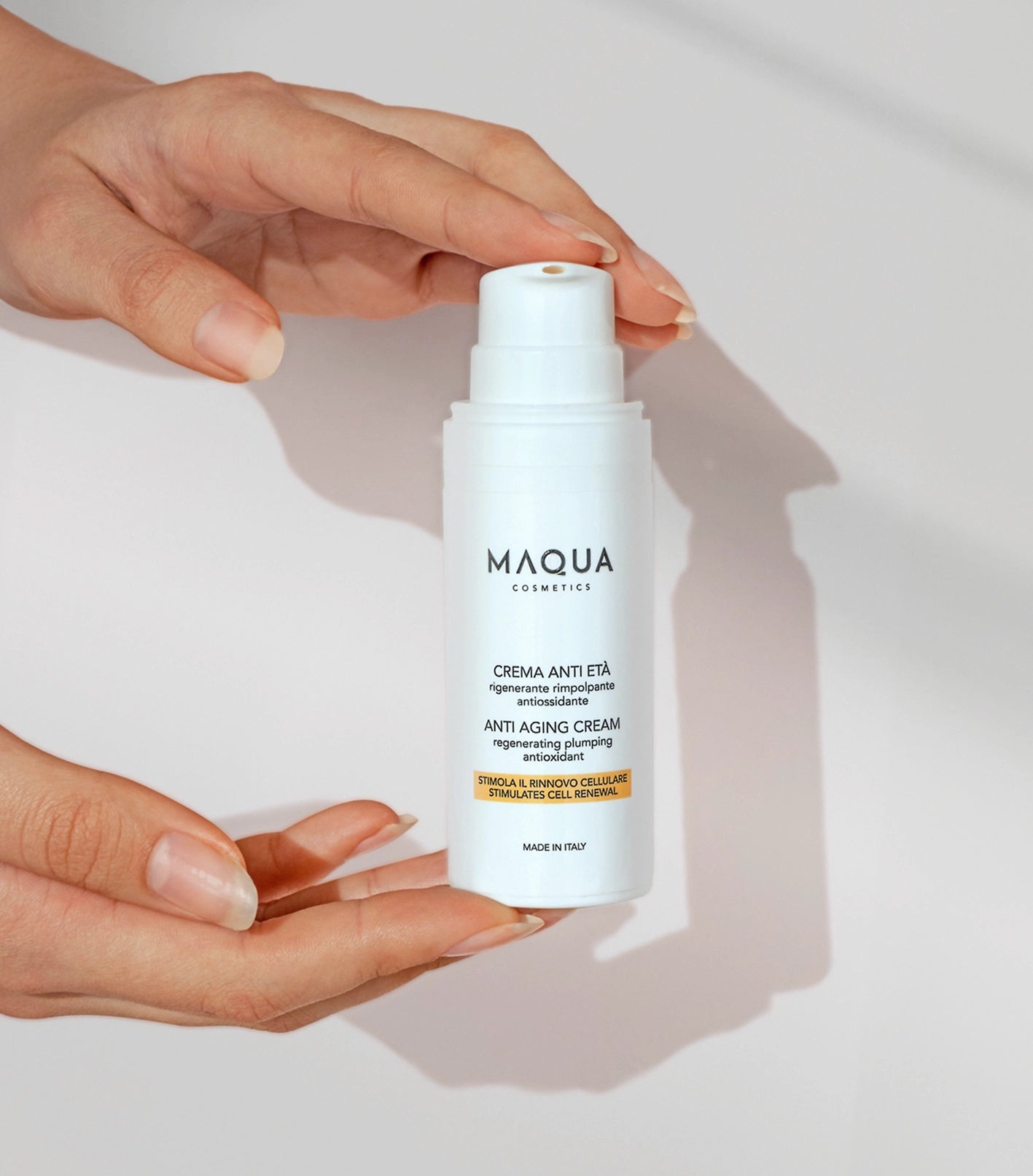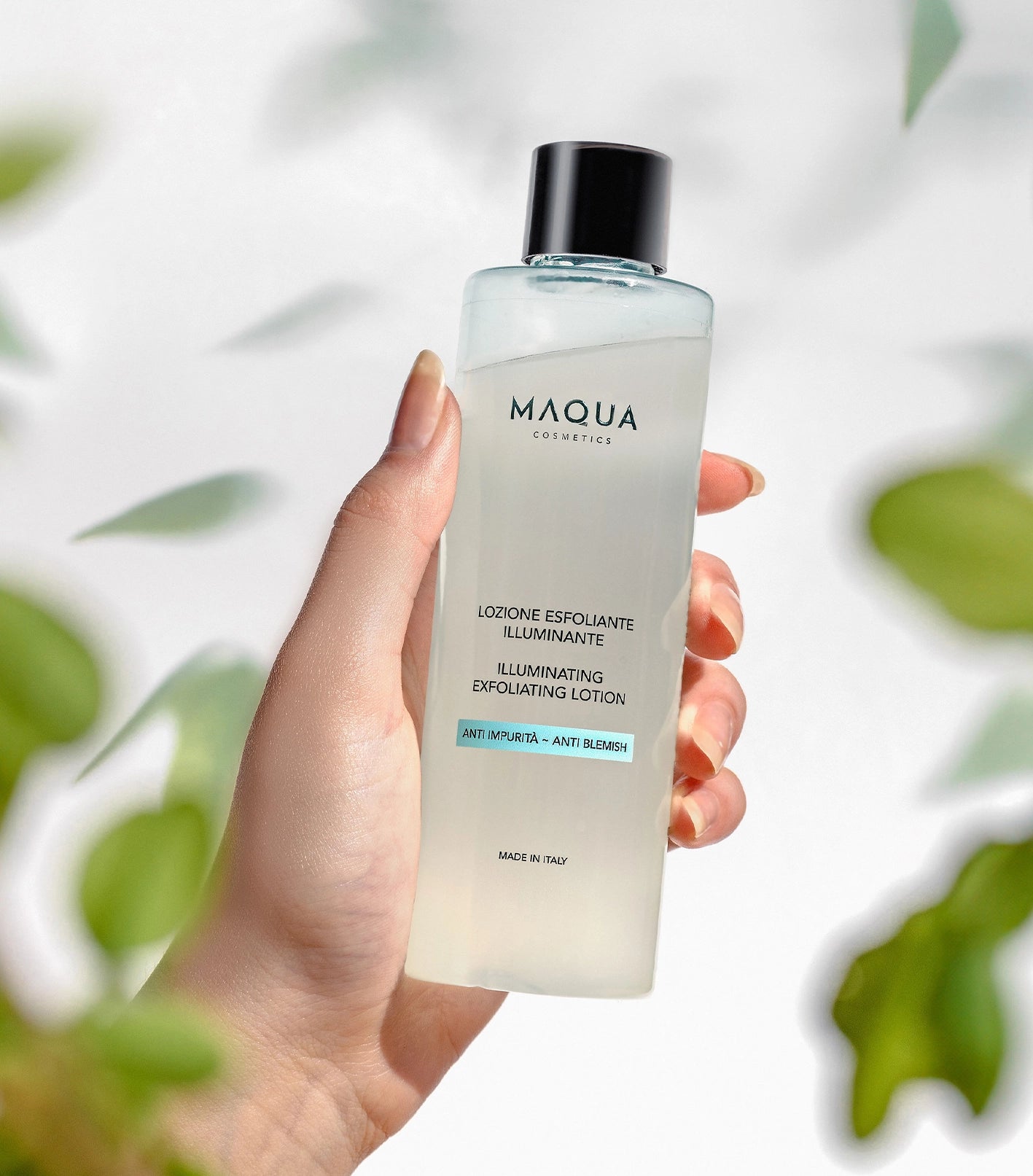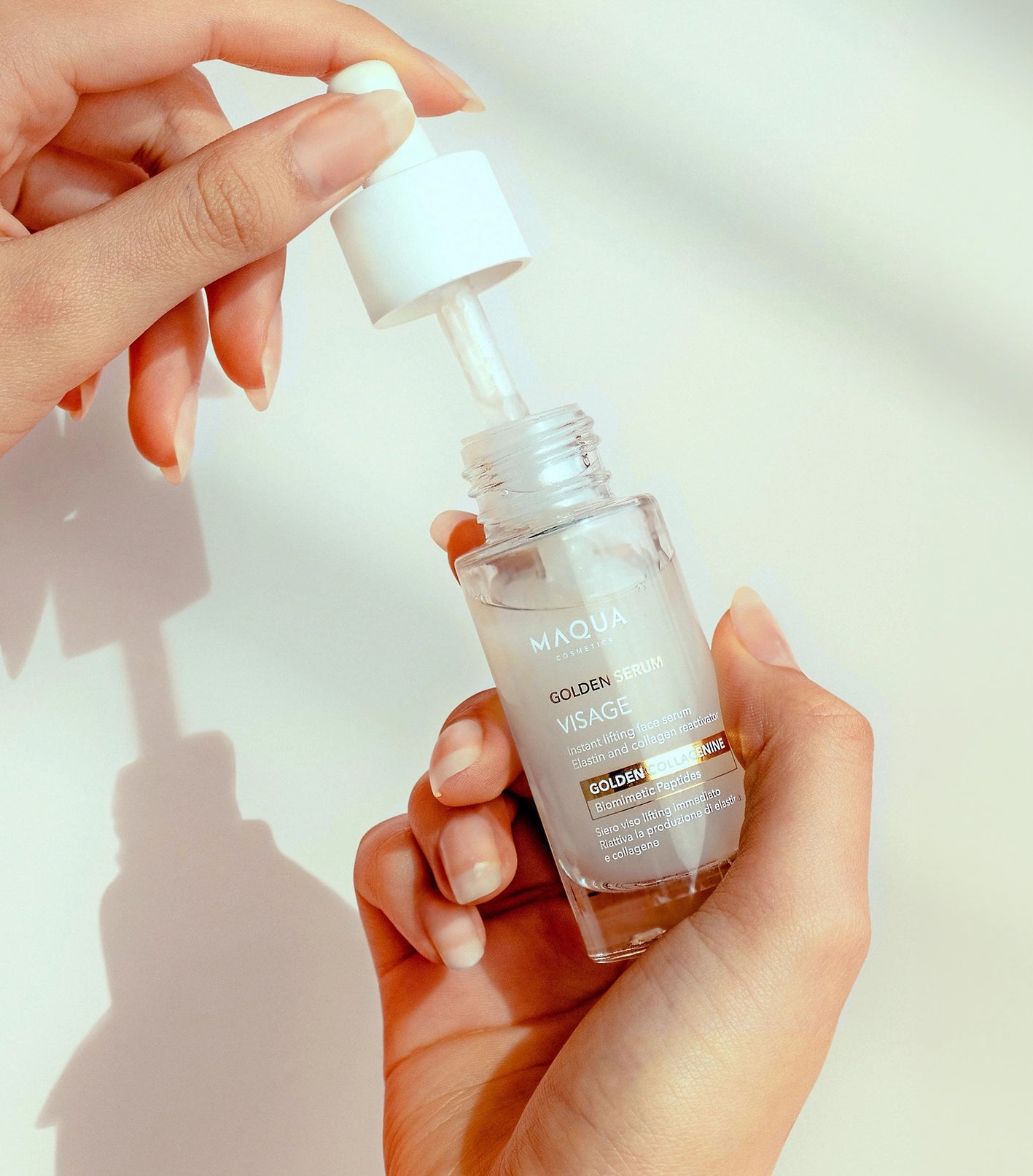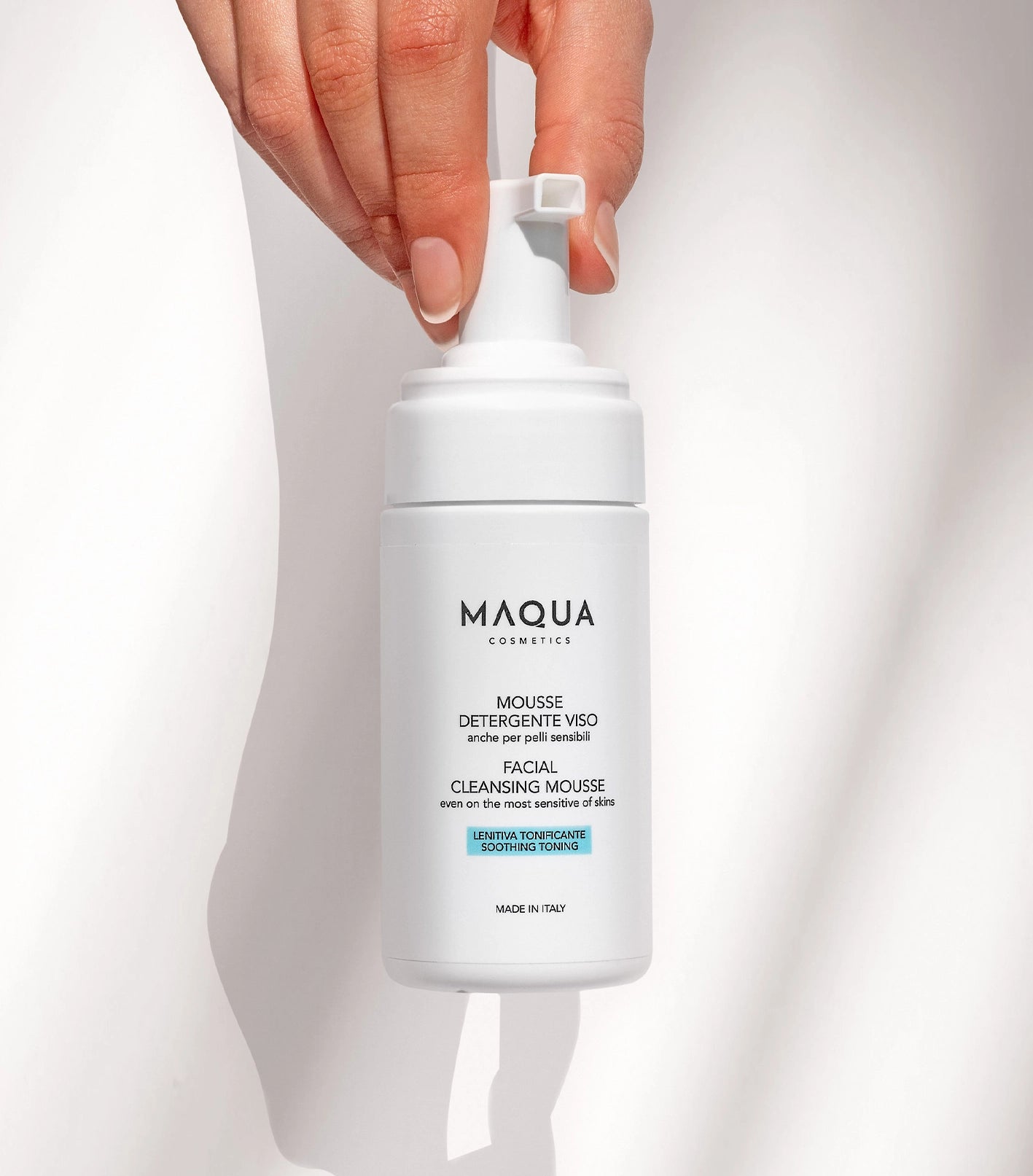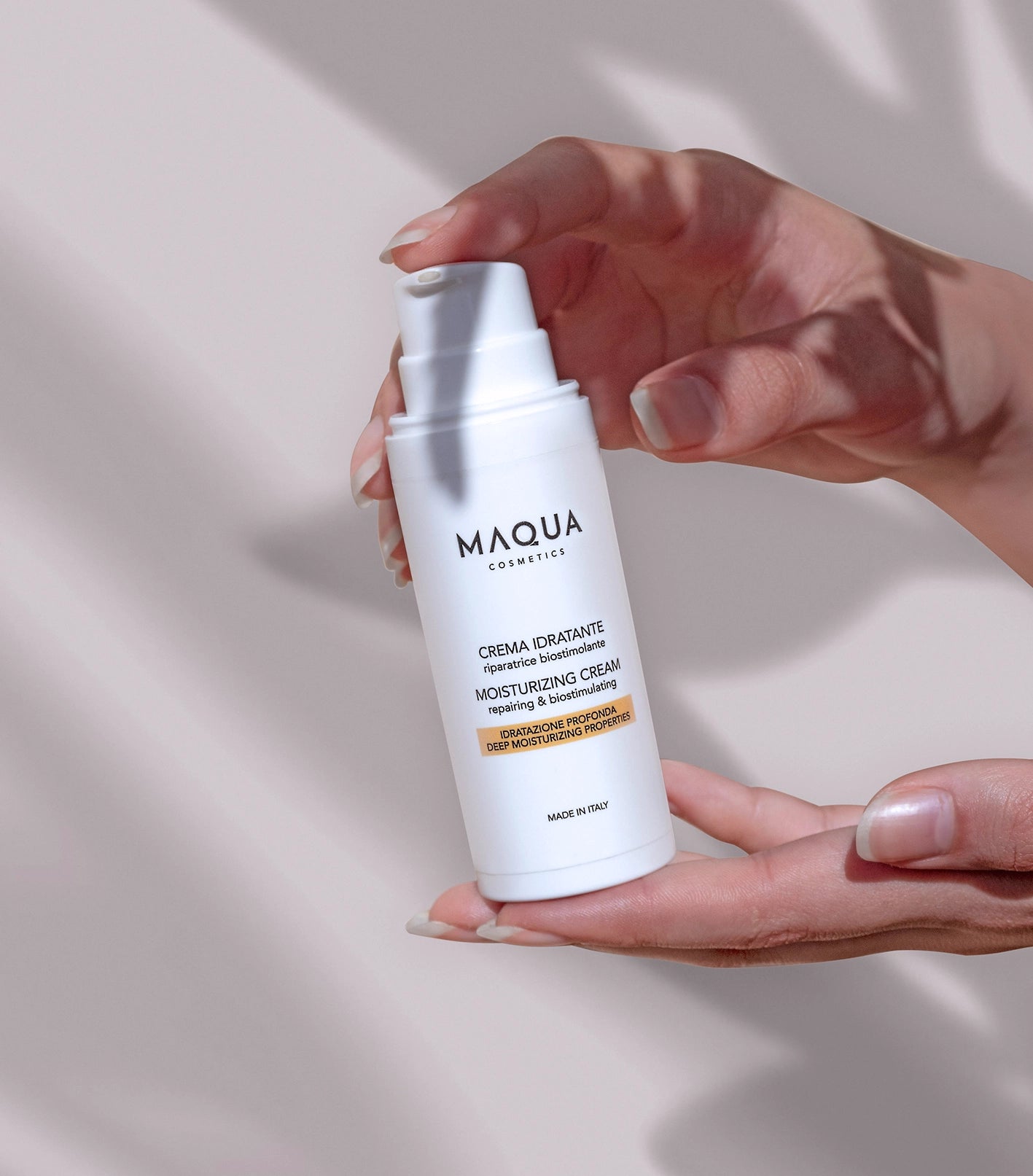
If you don't know where to start, let us explain a little more about this type of beauty treatment that removes the top layer of the skin to exfoliate it and accelerate cell renewal.
The word 'peeling' derives from Old English and means “to strip off, to exfoliate”, and depending on the type of ingredients used we can speak of mechanical, enzymatic or chemical exfoliation.
Exfoliation is a fundamental step for a deep cleansing of the face, as it removes blackheads and impurities, reactivating the skin's microcirculation and collagen production. It reduces dark spots caused by the sun, prevents wrinkles and absorbs the active ingredients contained in the skincare products we have chosen.

There are various types of exfoliation: those performed manually with homemade products, e.g. honey or yogurt and brown sugar, almond and hazelnut granules or oil and sugar (or other abrasive microspheres) which, when applied to the face and rubbed gently with the hands, exfoliate the skin, making it instantly more radiant.
GOMMAGE AND SCRUBThis type of face exfoliation is called 'gommage', while on the body it is called 'scrub'. It’s defined as a MECHANICAL treatment and can be performed all year round but it is not suitable for very sensitive skin that needs deep but gentle cleansing. Gommage is a gentle exfoliation performed with a creamy and moisturizing skin care base with very small granules which is not abrasive for even the most delicate and sensitive skin. Scrub, on the other hand, is an exfoliation treatment which is suitable for the body as the skin is stronger and more resistant and can be smoothed with medium-sized granules with a strong exfoliating power. It is the ideal treatment for elbows, knees, heels. Not to be performed every day; twice a week is sufficient. Therefore, both Gommage and Scrub are based on the mechanical action of the microgranules contained in the product.
ENZYMATIC EXFOLIATIONAnother way of exfoliating our skin is through ENZYMATIC exfoliation, which contains enzymes of plant origin, for example the sprout extracted from brown rice, (some also of animal origin) which have an exfoliating, superficial action.

CHEMICAL exfoliation is performed through the action of AHA and BHA acids. AHA acids (alpha-hydroxy acids to which glycolic acid, mandelic acid and lactobionic acid, among others, belong) are suitable for normal, combination, dry and sun-damaged skin. BHA acids (beta-hydroxy acids to which salicylic acid belongs) act more deeply than AHAs, and are able to penetrate the pores and fight the formation of blackheads. They exert an anti-inflammatory and antibacterial action and help eliminate post-acne spots. BHA acids are indicated for normal, oily, combination and acne-prone skin. This type of exfoliation can cause irritation and redness and make the skin more sensitive to sunlight. Chemical exfoliants are mainly used to treat mature and acne-prone skin, but also to combat more superficial wrinkles and even out the skin tone. It is advised to use this product with caution and moderation, as if not applied in the right amount it can cause serious skin damage and injury.
As you will know, exfoliation is an important step for obtaining a brighter, more elastic and deeply moisturized skin. It is very important not to expose yourself to the sun immediately after exfoliation to avoid erythema, sunburn and irritation. It is always advisable to apply moisturizing cream, which will penetrate deeper precisely because the dead cells have been removed from the surface layer of the skin.





